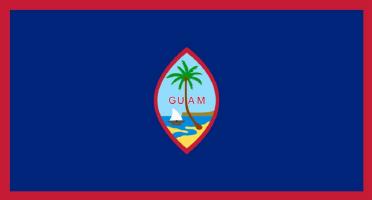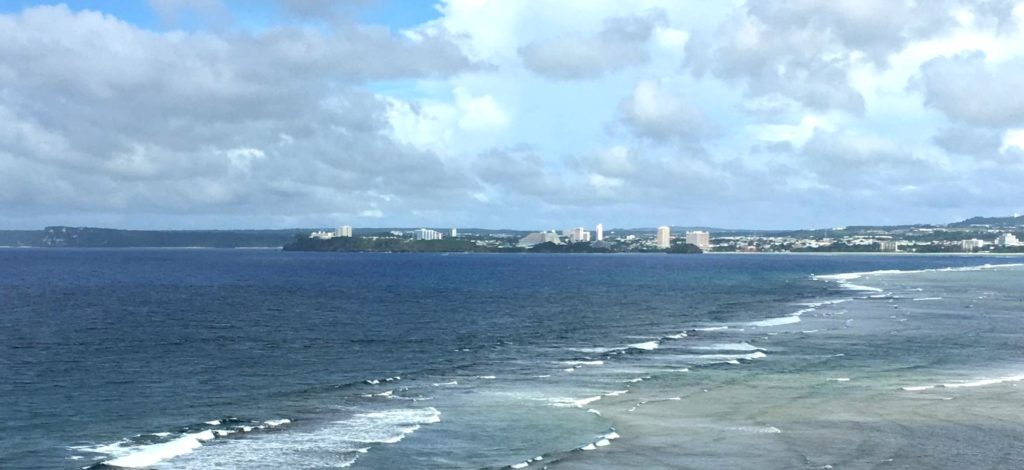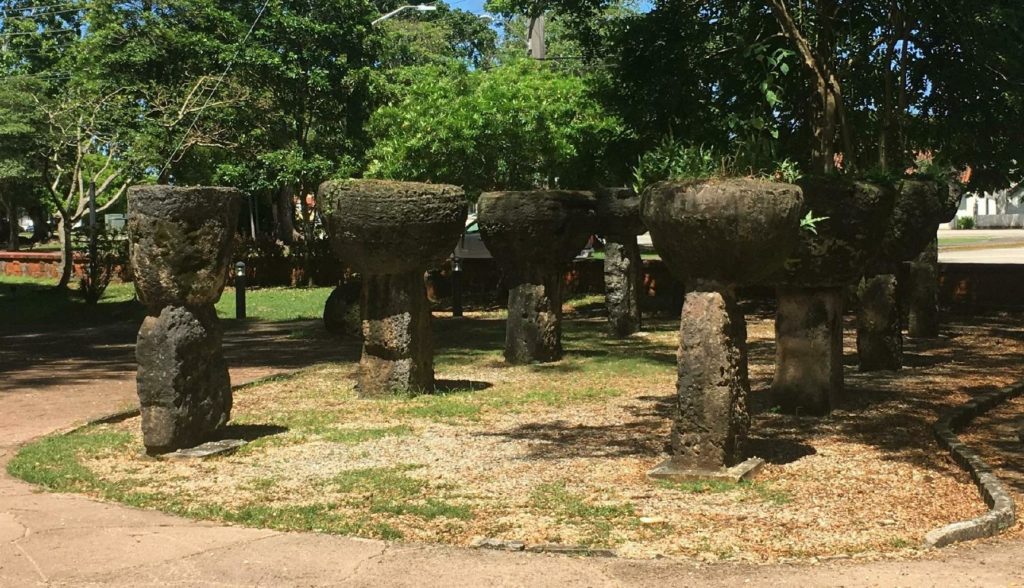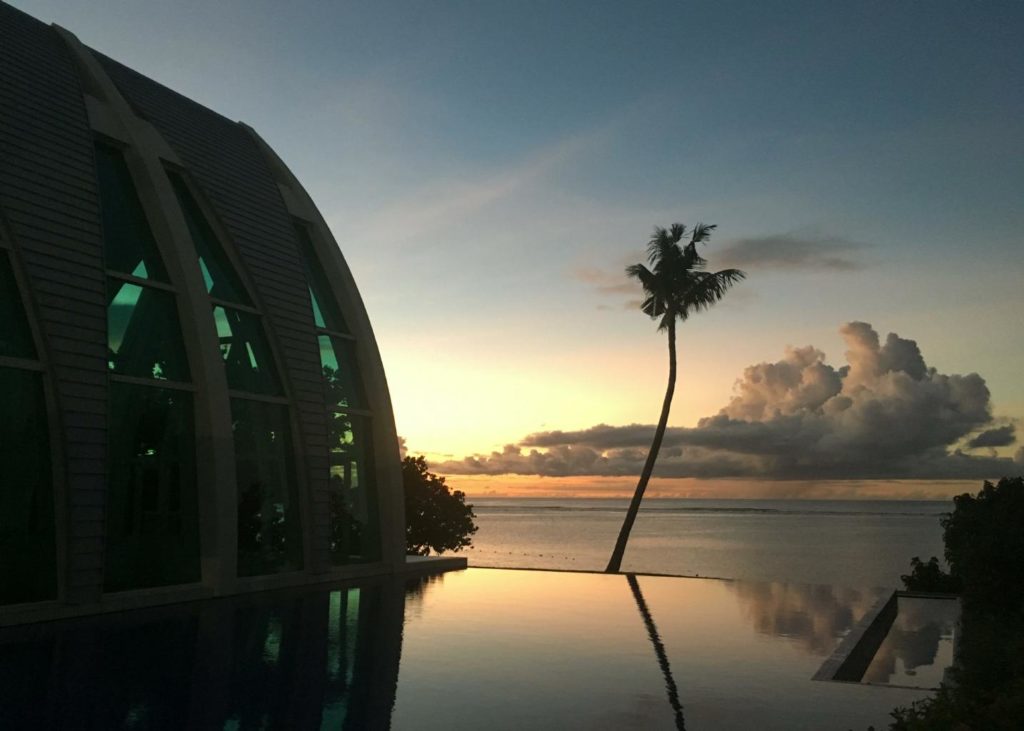Guam — Where America’s Day Begins
Just over the International Dateline and 15 hours ahead of EST, Guamanians are the first Americans to start their day. It feels odd to be on American soil, yet so far from home. Clearing immigration with a US passport and my Global Entry card was a breeze. Cars drive on the right. People speak English with American accents. The ATMs dispense US dollars. Distances are in miles, weights are in pounds and temperatures is Fahrenheit. (Sigh … when will America go metric?)
So, I’m on the road again. Actually, to get to the places I’m going next, few roads will be involved. I’ll be travelling by plane, by boat, by foot and sometimes by swimming.
To get to Micronesia, one has to start with Guam, which is a hub for many of the airlines that serve the WestPac (that’s Navy talk for the “Western Pacific”). In the past, I’ve changed planes in Guam a few times. Until now, I’ve never left the airport. Finally, I get to see what’s here. So what’s here? Some nice beaches lined with hi-rise hotels along with McDonalds, TGIF, Hard Rock Cafe, Olive Garden, Starbucks, Häagen-Dazs, K-Mart, Macys, etc … much like Honolulu.
Guam is the largest island of Micronesia. It was discovered and settled by Indonesian mariners about 4000 years ago. Like many other Pacific cultures, the Chamorros (the indigenous people of the Mariana Islands) carved large stones into distinctive shapes. In Guam, they’re called Latte Stones and used as building supports. Stone doesn’t rot or get eaten by termites, and the rounded capstones prevent rats from climbing up the pillar. This seems similar yet more practical than the giant moai of Easter Island.
At the excellent Guam Museum, I got a refresher course on Guam’s turbulent history. In 1521, Magellan stopped here for water and fresh food. Within hours of his arrival, a trading disagreement led to bloodshed. After that, Guam became a regular port-of-call for Spanish galleons crossing the Pacific. The Spanish made the Chamorros wear clothes, converted them to to Catholicism, and introduced diseases that killed more than half the natives. Life didn’t improve when America acquired Guam at the end of the Spanish American war (1898). As an American colony, the Chamorro language and culture was forbidden. Then came World War II — a war that had nothing to do with the Chamorros. The Japanese invaded and held Guam from 1941 to 1944. To extract the Japanese, the Americans left nothing standing on the island. Today, the DoD holds about 30% of Guam’s land for two bases: Naval Base Guam and Andersen Air Force Base.

Today, Guam is a major destination for Asian tourists — 1.5 million Asian visitors per year! Makes sense … Guam is only a 3-hour flight from Tokyo. I heard Japanese, Korean and Chinese spoken everywhere I went. I was the only western guest at my hotel.
From what I saw, destination weddings are big business in Guam. The all-inclusive resorts were full of families. The malls were busy with shoppers getting good deals on American products.
I spent 2 nights in Guam. That was enough time to see what’s here, and to get turned around and ready for more rustic adventures. From Guam, I’ll fly south to Yap and and then to Palau. United flies these routes. They’re remarkably cheap if you purchase your tickets with miles.






I knew! I knew! My first husband was stationed at the Naval Communication Station at Yigo. We lived in Tumining. It’s so rare to ever meet anyone who knows anything about Guam.
I am excited to read your post!
Thanks for all your great travel writing, Nick.
Best regards,
Nancy and Jim
Nancy, good for you for knowing the answer to the question! Guam is an important and strategic part of America, and many folks don’t even know it exists.